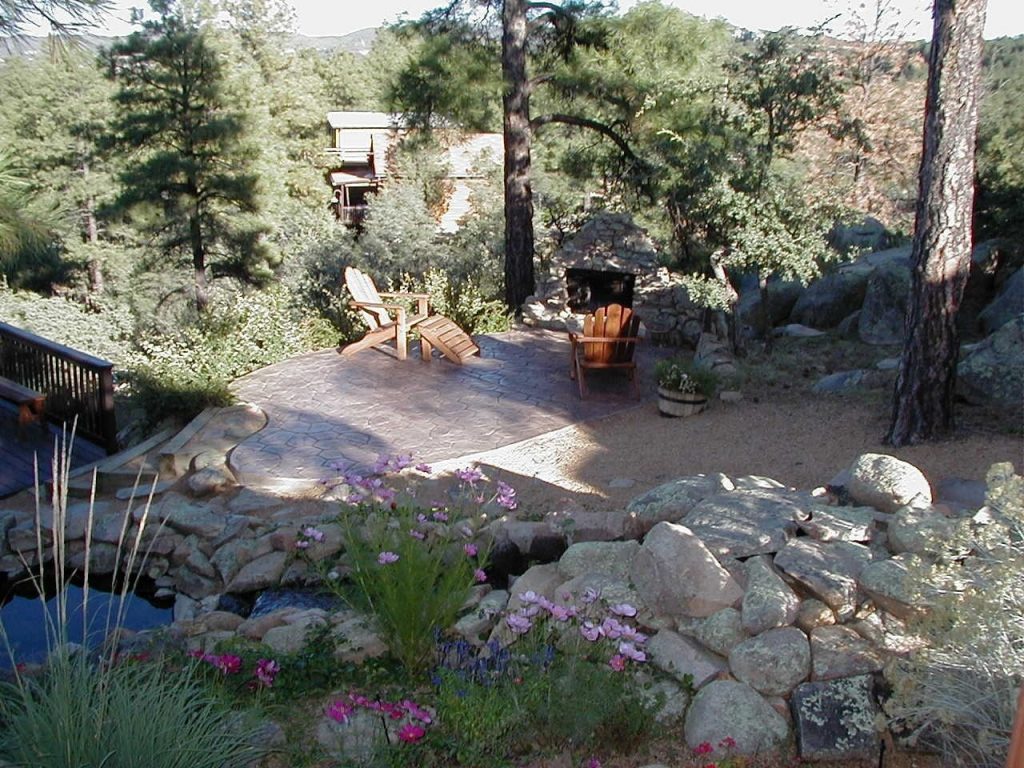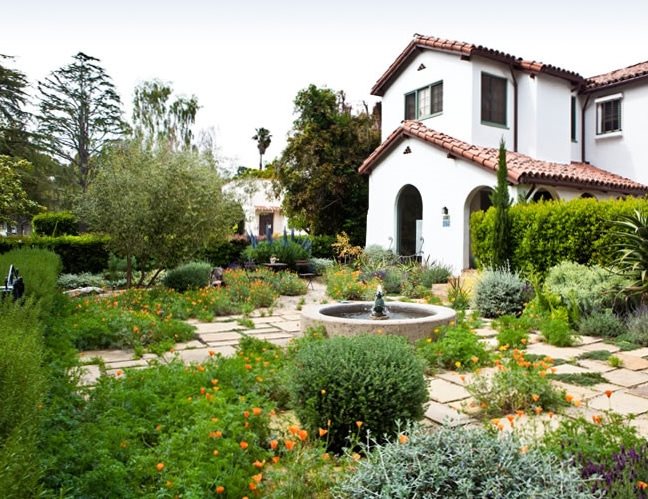The Ultimate Guide To Hilton Head Landscapes
The Ultimate Guide To Hilton Head Landscapes
Blog Article
All about Hilton Head Landscapes
Table of ContentsNot known Facts About Hilton Head LandscapesLittle Known Questions About Hilton Head Landscapes.Some Known Details About Hilton Head Landscapes Some Known Details About Hilton Head Landscapes The 7-Minute Rule for Hilton Head LandscapesHilton Head Landscapes - An OverviewThe Definitive Guide to Hilton Head Landscapes
Line creates all forms and patterns and can be made use of in a range of methods in the landscape. Line in the landscape is produced by the side in between two materials, the summary or silhouette of a kind, or a long linear attribute. Lines are an effective device for the developer because they can be used to develop a limitless range of forms and kinds, and they manage activity of the eye and the body.

Lines in the landscape. The buildings of lines figure out how individuals respond to the landscape, both emotionally and literally.
The Buzz on Hilton Head Landscapes
Straight lines are most frequently found in hardscape edges and product. Curved lines develop a casual, natural, kicked back character that is associated extra with nature and asymmetrical balance. Bent lines move the eye at a slower rate and include secret to the room by producing surprise sights. Upright lines move the eye up, making a space feel larger.
Upright lines in the landscape include tall, slim plant material, such as trees, or high frameworks, such as an arbor or a bird house on a post. Horizontal lines move the eye along the ground aircraft and can make a space really feel bigger. Low lines are extra suppressed and create a feeling of rest or repose.
Unknown Facts About Hilton Head Landscapes
Lines are likewise developed by the vertical types of constructed features and plant material. There are 3 main line kinds that create kind in the landscape: bedlines, hardscape lines, and plant lines.
Bedlines connect plant product to your home and hardscape since the eye follows the line, moving the stare via the landscape. Hardscape lines are developed by the side of the hardscape, which marks the built structure. Line can also be produced by lengthy and narrow products, such as a fencing or wall surface.
7 Simple Techniques For Hilton Head Landscapes
Form is located in both hardscape and plants, and it is normally the leading visual aspect that spatially arranges the landscape and commonly figures out the design of the garden. The type of structures, plant beds, and yard accessories also determines the overall form style of the yard. Official, geometric types consist of circles, squares, and polygons.
Plants develop kind in the garden through their outlines or silhouettes, yet kind can likewise be defined by a gap or adverse space in between plants - landscapers hilton head island (https://padlet.com/stevenagonzales/my-delightful-padlet-65fq7sgb974pr3v2). Circles can be full circles, or they can be split right into half circles or circle segments and combined with lines to produce arcs and tangents
Everything about Hilton Head Landscapes
Circles can also be extended right into ovals and ellipses for even more range and passion. Circles are a solid style form due to the fact that the eye is constantly drawn to the center, which can be utilized to stress a prime focus or connect various other types. Figure 2. Round types in hardscape and grass panels.
The square form can additionally be fractional and used consistently to produce a grid pattern. Unlike circles, squares are more powerful on the sides, which can be lined up or overlapped to produce unique patterns and more complex types.
Twisting lines usually resemble the natural program of rivers or streams and can be referred to as smooth lines with deeply curved wavinesses. Meandering lines (Figure 3) work well for paths, plant bedlines, and dry stream beds. Twisting lines can include interest and enigma to a yard by leading visitors around corners to discover new sights and areas.
The Basic Principles Of Hilton Head Landscapes

Usual plant kinds are well established and standardized, as form is the most constant and well-known attribute of plants. Kind can also be developed via the massing of plants, where the total mass creates a different kind than a specific plant.
A very contrasting kind must be used with careone or 2 work well as a centerpiece, but also many wreak havoc. All-natural plant kinds, instead of over-trimmed types, need to establish the mass of the make-up. The importance of total form is a lot more or less depending on the watching perspectivethe kind of a tree can show up rather different to a person standing under the canopy versus viewing the tree from a distance in an open field.
Top Guidelines Of Hilton Head Landscapes
Plant forms additionally create and define the gap or open rooms between the plants, developing either convex or concave forms in the spaces. High-arching tree branches normally produce a concave open area under the branches, and a rounded cover with low branches fills the area to create a convex look at here now kind outdoors space under the tree.

Report this page